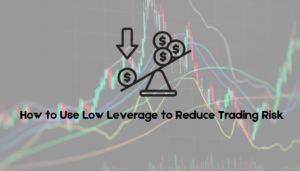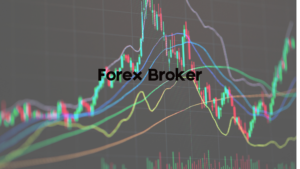Technical Analysis for Indices: A Comprehensive Guide
Technical analysis is a crucial tool for index traders, providing valuable insights into market trends, patterns, and potential price movements. In this article, we’ll delve into the world of technical analysis for indices, exploring the key concepts, tools, and strategies used by traders to navigate the markets.
Understanding Technical Analysis
Technical analysis is the study of market data, primarily price and volume, to identify patterns and trends that can help predict future price movements. It’s based on the idea that market prices reflect all available information, and by analyzing these prices, traders can gain an edge in the markets.
Key Concepts in Technical Analysis
- Trends: A trend is the direction in which the market is moving. There are three types of trends: uptrend, downtrend, and sideways trend.
- Support and Resistance: Support is a level where the price has difficulty falling below, while resistance is a level where the price has difficulty rising above.
- Chart Patterns: Chart patterns are formations that appear on price charts, indicating potential price movements. Common patterns include head and shoulders, triangles, and wedges.

Technical Indicators
Technical indicators are mathematical calculations based on price and volume data, used to identify trends, predict price movements, and confirm trading decisions. Popular indicators include:
- Moving Averages: A moving average is a line that smooths out price data, helping to identify trends.
- Relative Strength Index (RSI): The RSI measures the magnitude of recent price changes, indicating overbought or oversold conditions.
- Bollinger Bands: Bollinger Bands consist of a moving average and two standard deviations plotted above and below it, indicating volatility and potential breakouts.
Chart Patterns for Indices
- Head and Shoulders: A head and shoulders pattern indicates a potential reversal in the trend.
- Triangles: Triangles can be symmetrical, ascending, or descending, indicating a potential breakout or continuation of the trend.
- Wedges: Wedges can be rising or falling, indicating a potential reversal or continuation of the trend.
Trading Strategies Using Technical Analysis
- Trend Following: Identify the trend and trade in its direction.
- Range Trading: Trade within a identified range or channel.
- Breakout Trading: Trade on the breakout of a chart pattern or technical indicator signal.
Best Practices for Technical Analysis
- Use Multiple Time Frames: Analyze charts on multiple time frames to confirm trading decisions.
- Combine Technical and Fundamental Analysis: Use both technical and fundamental analysis to form a complete view of the market.
- Stay Disciplined: Stick to your trading plan and avoid impulsive decisions.
Conclusion
Technical analysis is a powerful tool for index traders, providing valuable insights into market trends and potential price movements. By understanding key concepts, using technical indicators, and identifying chart patterns, traders can develop effective trading strategies and improve their performance in the markets. Remember to always stay disciplined, combine technical and fundamental analysis, and use multiple time frames to confirm trading decisions. in the Forex market.







